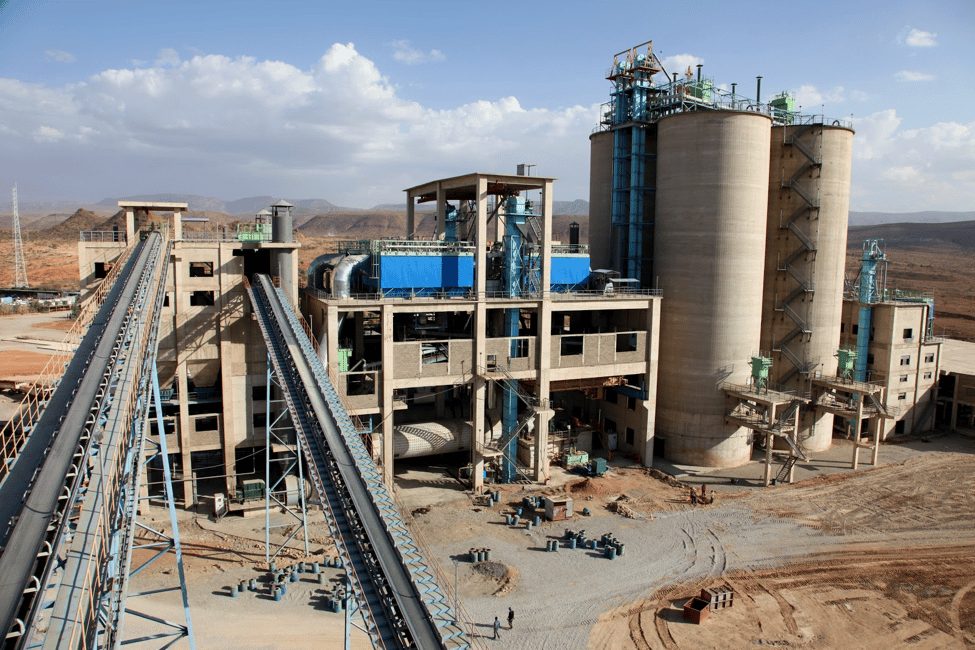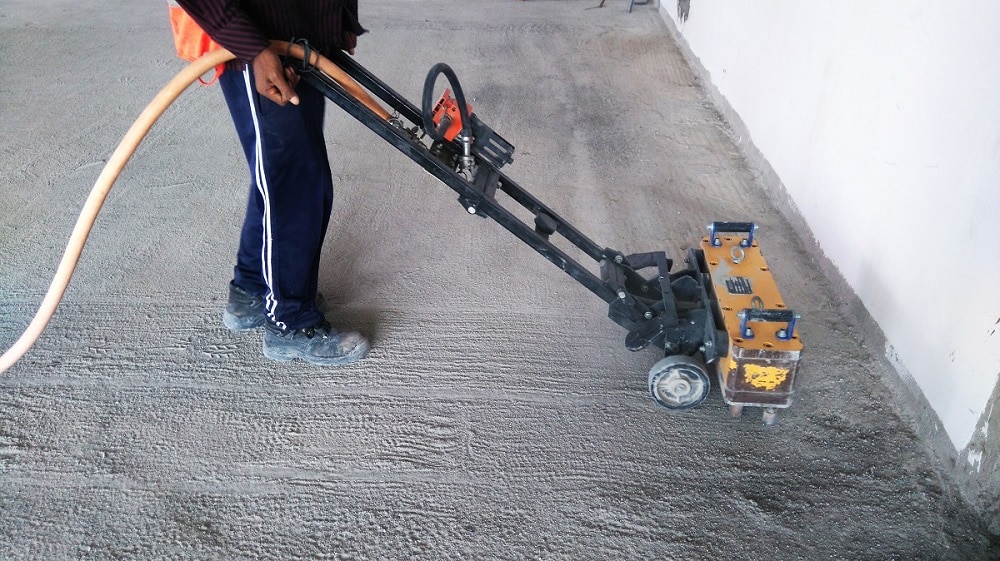Does concrete absorb water? Yes. Because it’s porous, concrete absorbs water. Excessive moisture can lead…

Part 2 – Today’s Concrete – Practical, Powerful, and Centuries in the Making
If someone were to ask you what the most frequently used building material in the world is, would you know the answer? Would your answer be wood or steel? Perhaps plastic or aluminum? In actuality, none of those are the correct answers, and in fact, the amount of concrete used globally amounts to twice as much as all other building materials combined, including all four of the wrong answers listed above.
The most recent figures available show that more than 5 billion cubic yards of cement are produced around the world every year, undoubtedly to fuel the development of concrete roadways, buildings, dam projects, and any number of other construction projects needed by our progressive civilization.

Where does all that concrete come from?
Roughly three-quarters of all cement consumed in this country goes into making ready-mixed concrete, and it’s this product which is used at construction sites all around the country to build business structures, residences, roads, airport runways, and all kinds of other concrete objects. There are approximately 6,000 ready-mixed concrete installations located all around the country, which supply this product to all those ongoing construction undertakings.
It is necessary to have all these plants in operation because ready-mix concrete has a brief shelf life, and must be quickly transported to the point of usage, before it loses flexibility. That means that all in-progress projects will generally be obliged to secure concrete from a source that is located less than 90 minutes away from the construction site. It takes nearly 60,000 ready-mix concrete trucks to supply this tremendous need for concrete at local sites, and the need continues to grow.

What happens to concrete after it has served its purpose?
Most of us have seen concrete structures being replaced at one time or another, and that means large chunks of rock-hard concrete have to be ripped out and transported to some other location. But where is that other location, and what happens there? Even though concrete is sturdy enough to last for hundreds of years, there are times when the needs and the priorities change for government agencies and communities, and sometimes that calls for a different approach.
Today, whenever possible, concrete is recycled after being removed from a construction location. This has the effect of reducing the need for new concrete production, and it also saves on space requirements at landfills, where the used concrete blocks would otherwise have to be dumped. To recycle concrete which as been used before, it must be crushed into aggregate, and more companies are undertaking this as a means of being much more efficient and sustainable.
In many cases, recovered concrete can be used as road base and on various types of civil engineering projects which call for aggregate to be used at some phase in the project development. This is an extremely important trend now, when you consider the statistics mentioned above, relative to how much concrete is used globally. Because concrete has so many uses as a construction material, its popularity means that there is a correspondingly large volume of material which is eventually subject to recycling efforts.
From this it can be seen that concrete usage has evolved with the times, and continues to be the best modern building material, even when it comes to its reusability.
Sources:
https://www.nrmca.org/concrete/data.asp
https://www.researchgate.net/profile/Zhigen_Wu/post/Whats_the_annual_consumption_of_concrete_in_the_world/attachment/59d622746cda7b8083a1c59a/AS%3A273655047622657%401442255855632/download/CSI-RecyclingConcrete-FullReport.pdf
http://ecosmartconcrete.com/?page_id=208




This Post Has 0 Comments